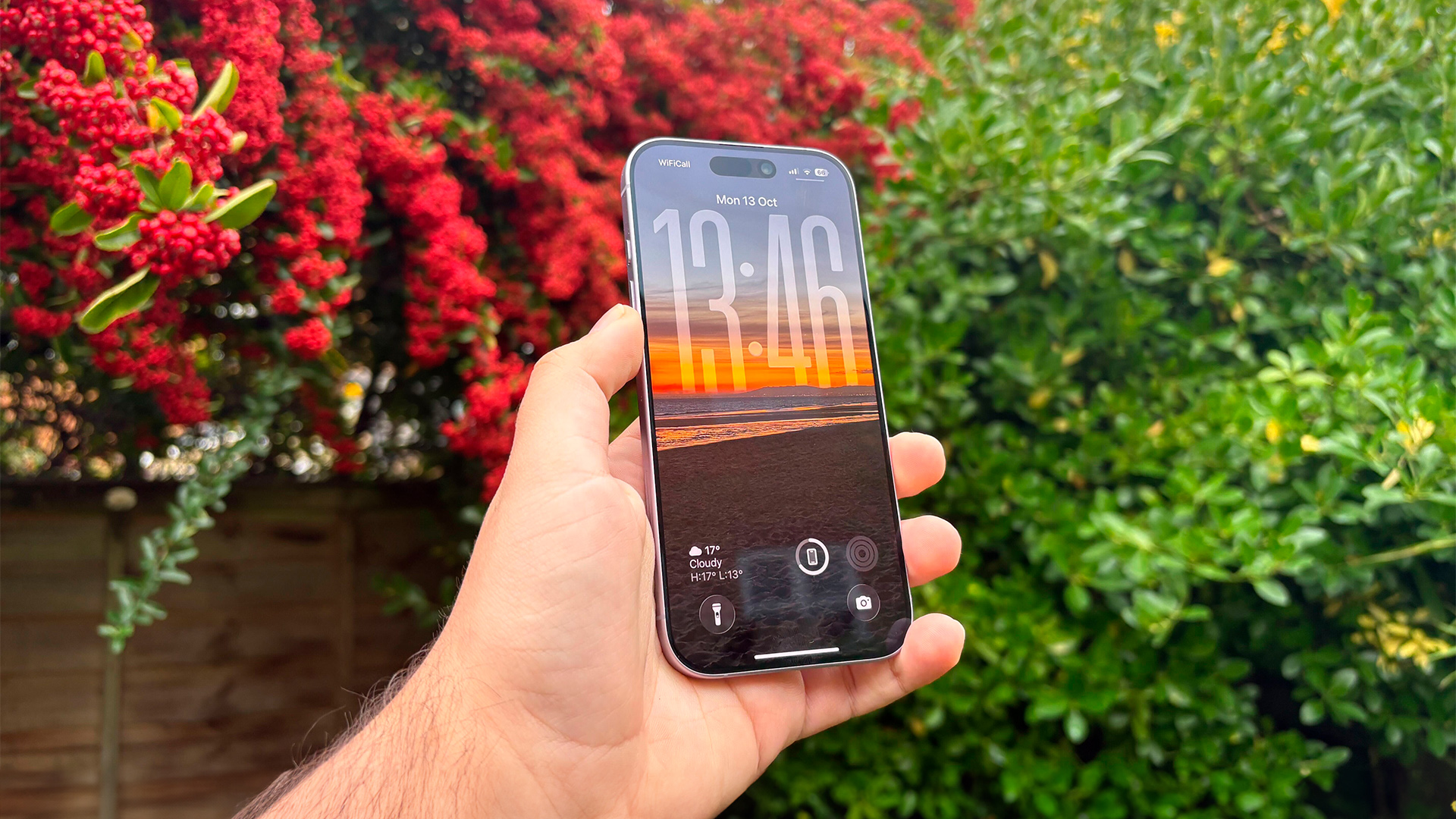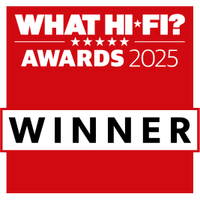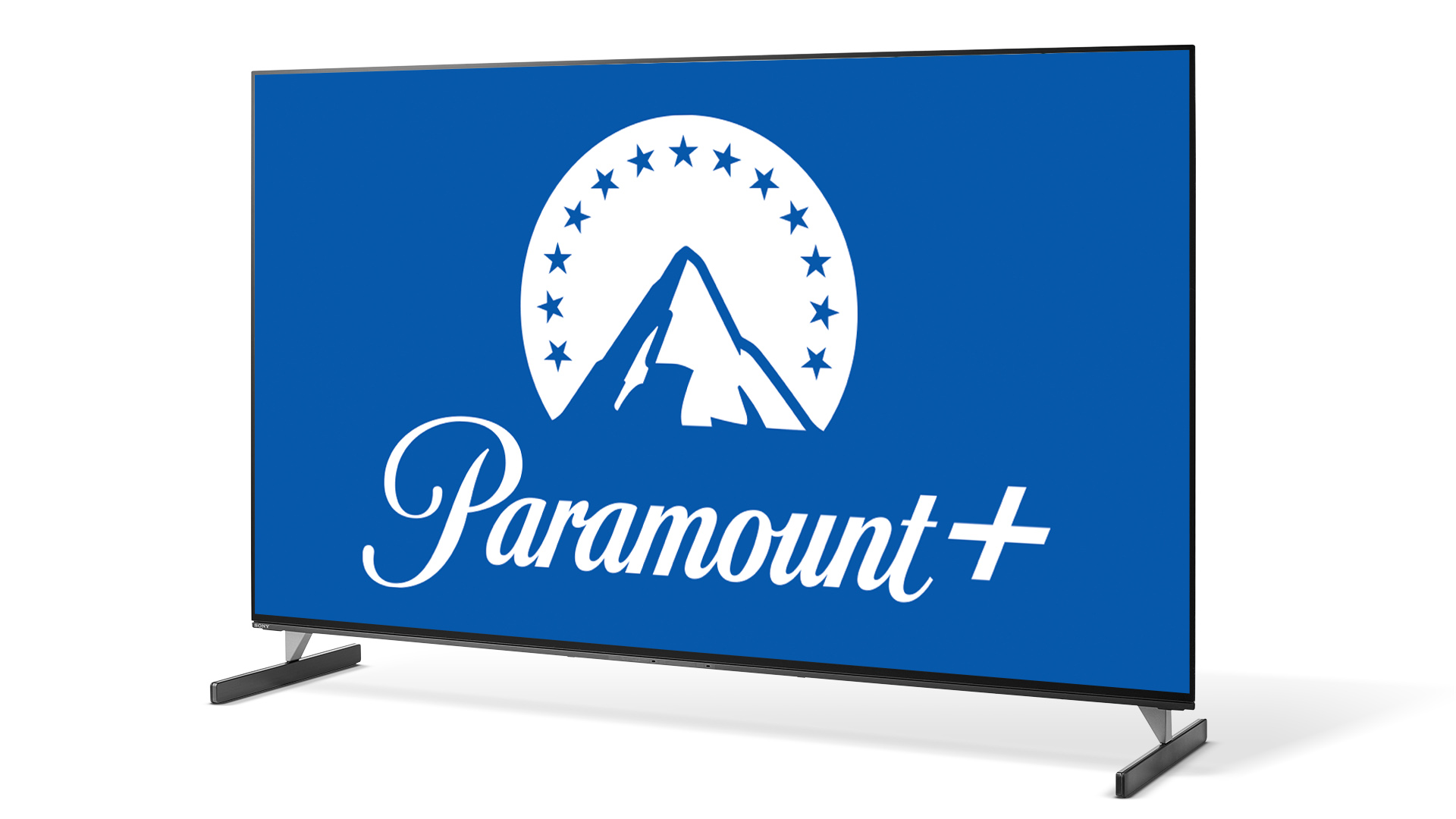What Hi-Fi? Verdict
The iPhone 17’s new display steals the show thanks to its improved brightness and support for up to 120Hz variable refresh rates – the era of the best AV features only coming to the Pro-series iPhones seems to be over, and we’re here for it
Pros
- +
Improved contrast and a sharper image
- +
Balanced yet rich colours
- +
120Hz and Always On Display finally make it to a non-Pro iPhone
Cons
- -
iPhone 16 remains in the lineup for less money
- -
AI features still feel half-baked
Why you can trust What Hi-Fi?
Apple’s 'standard' iPhone has often played second fiddle to its Pro series when it comes to AV proficiency.
Brighter screens, slimmer bezels and smoother refresh rates have always been reserved for the most expensive models in the tech titan’s annual ranges – but that all changes this year.
The Apple iPhone 17 may not look like a radical departure from the five-star iPhone 16 as we take it out of its box, but the more we use it, the more it becomes apparent that this could very well be one of the most compelling iPhones that Apple has ever made.
That’s thanks to those Pro-level features that we mentioned trickling their way down the lineup and into the iPhone 17.
It may not have the daring design or beefed-up camera system of its Pro sibling, but when it comes to AV efficiency, the iPhone 17 gets the upgrades that we’ve been waiting for.
Price
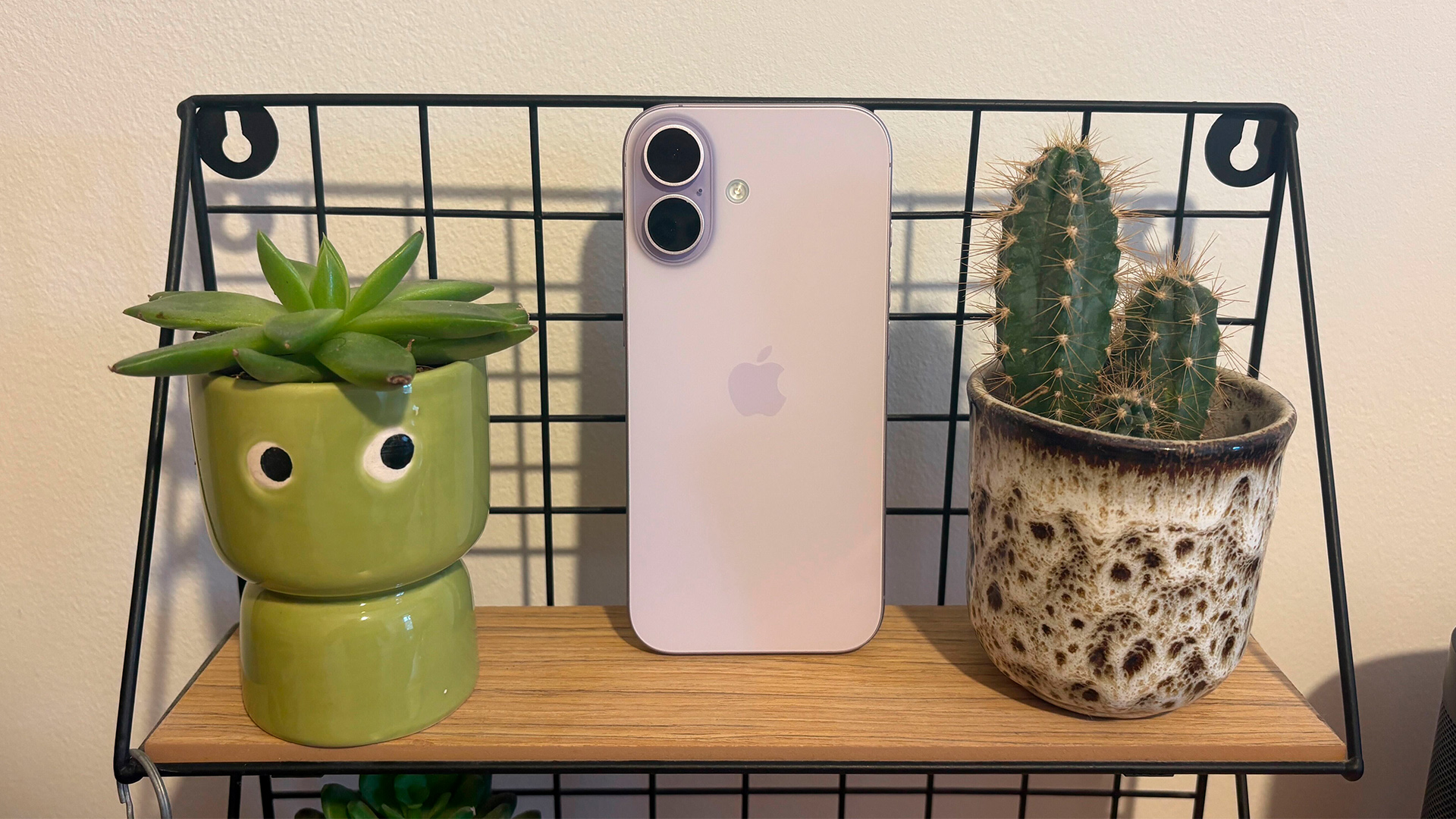
The iPhone 17 starts at £799 / $799 / AU$1399, which is the same price that the iPhone 16 launched at last year.
Apple has actually doubled the starting storage capacity, though, to 256GB, and a 512GB model is also available – though it’s a surprisingly steep increase to £999 / $999 / AU$1799.
The latest hi-fi, home cinema and tech news, reviews, buying advice and deals, direct to your inbox.
That’s the same price as the super-slender iPhone Air (starting at £999 / $999 / AU$1799), and only slightly cheaper than the iPhone 17 Pro (£1099 / $1099 / AU$1999) and iPhone 17 Pro Max (£1199 / $1199 / AU$2199).
Competition-wise, Apple is mostly contending with itself; the iPhone 16e offers an excellent AV experience wrapped in Apple’s usual top-notch design and feature set at a considerably cheaper price of £599 / $599 / AU$999. The iPhone 16 is also sticking around, though it's been reduced to £699 / $699 / $1249.
For those looking at an Android-powered alternative, the Samsung Galaxy S25 Plus is likely your best bet at £999 / $1000 / AU$1449.
Build
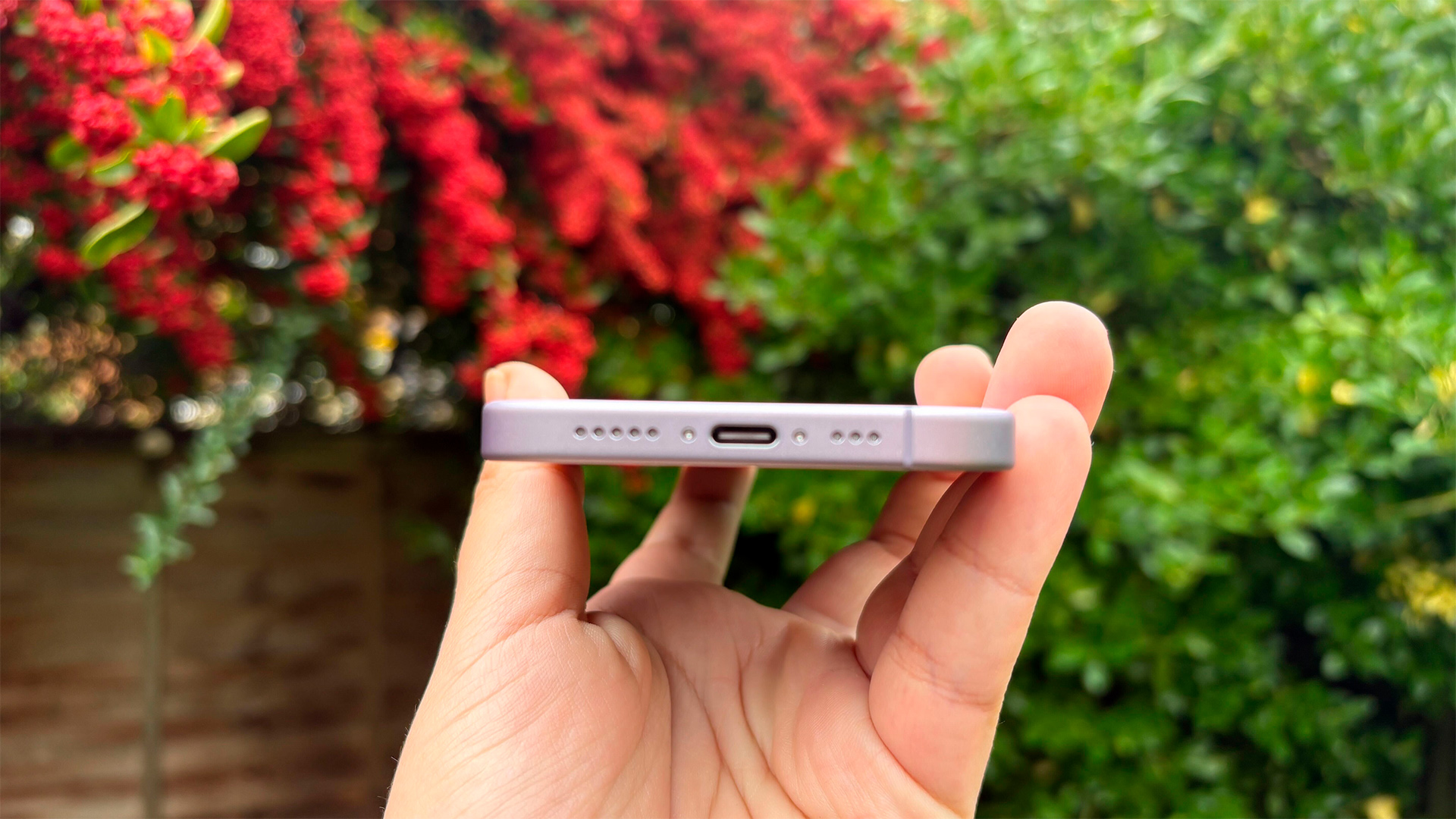
The iPhone 17 looks almost identical to the iPhone 16 it replaces, which is to be expected as last year’s model employed a newer design compared to its predecessor. That’s no great shame, as the iPhone 17 is a sturdy, stylish and well-built handset.
It features an aluminium frame sandwiched between a 6.3-inch OLED display (more on that in a moment) and a satin glass rear panel. The chassis remains mostly uninterrupted save for a set of volume buttons and a programmable Action Button on the left-hand side, and a lock/power button joined by the Camera Control on the right.
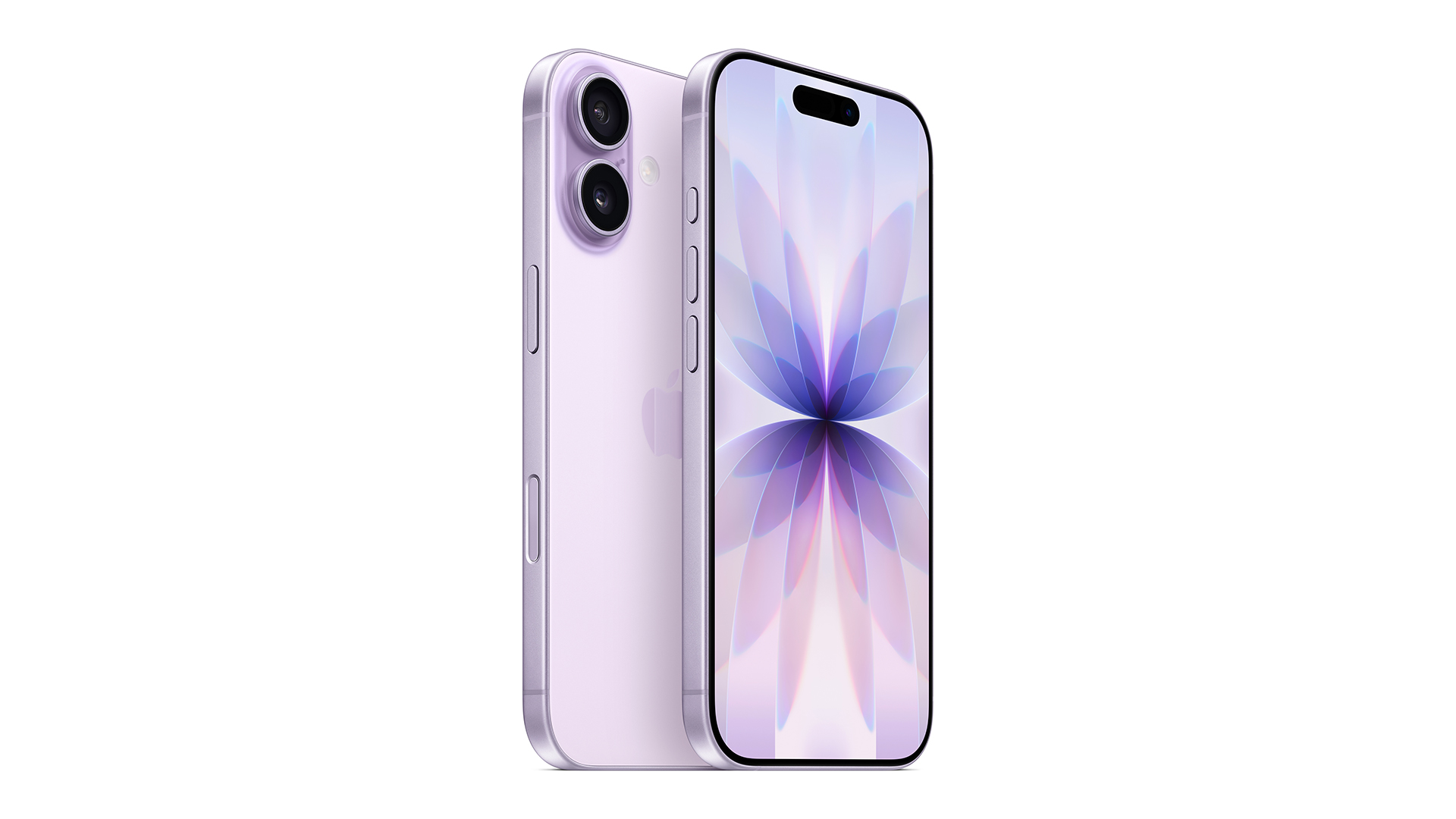
Screen 6.3-inch OLED
Resolution 2622 x 1206
Finishes x 5 (Black, White, Lavender, Sage, Mist Blue)
OS iOS 26
Battery Up to 30 hours of video playback
Storage 256GB / 512GB
RAM 8GB
A USB-C port adorns the bottom edge. This can be used for charging, of course, but also data transfer and the output of audio to a pair of headphones – though you will need USB-C-equipped peripherals or an adapter for those.
Back to that display, which has grown by 0.2 inches since last year, thanks to the new slimmer bezel surrounding the screen.
It still includes the Dynamic Island, which houses the front camera and Face ID array (which is used for biometric authentication for unlocking the phone and validating payments via Apple Pay), and can display information from currently used apps, such as the music you’re playing or show the next direction from a navigation app.
Furthermore, Apple has introduced a new Ceramic Shield 2 coating for the display, which is reportedly three times more effective at resisting scratches and is bonded to the display at an atomic level, ensuring it will withstand the test of time.
We’ve taken the iPhone 17 through multiple airports and on various day trips, and the display remains free of any nicks or blemishes. Apple has also implemented a new seven-layer anti-reflectivity coating for improved outdoor visibility, too.
Durability gets another boost with the inclusion of IP68 water and dust resistance, allowing the iPhone to be submerged in water up to one metre for 30 minutes.
There are five colours to choose from: Black, White, Lavender, Sage and Mist Blue. Our handset is Lavender, which is a soothing shade of pastel purple. The Mist Blue and Sage hues are the other two that have caught our eye.
Features
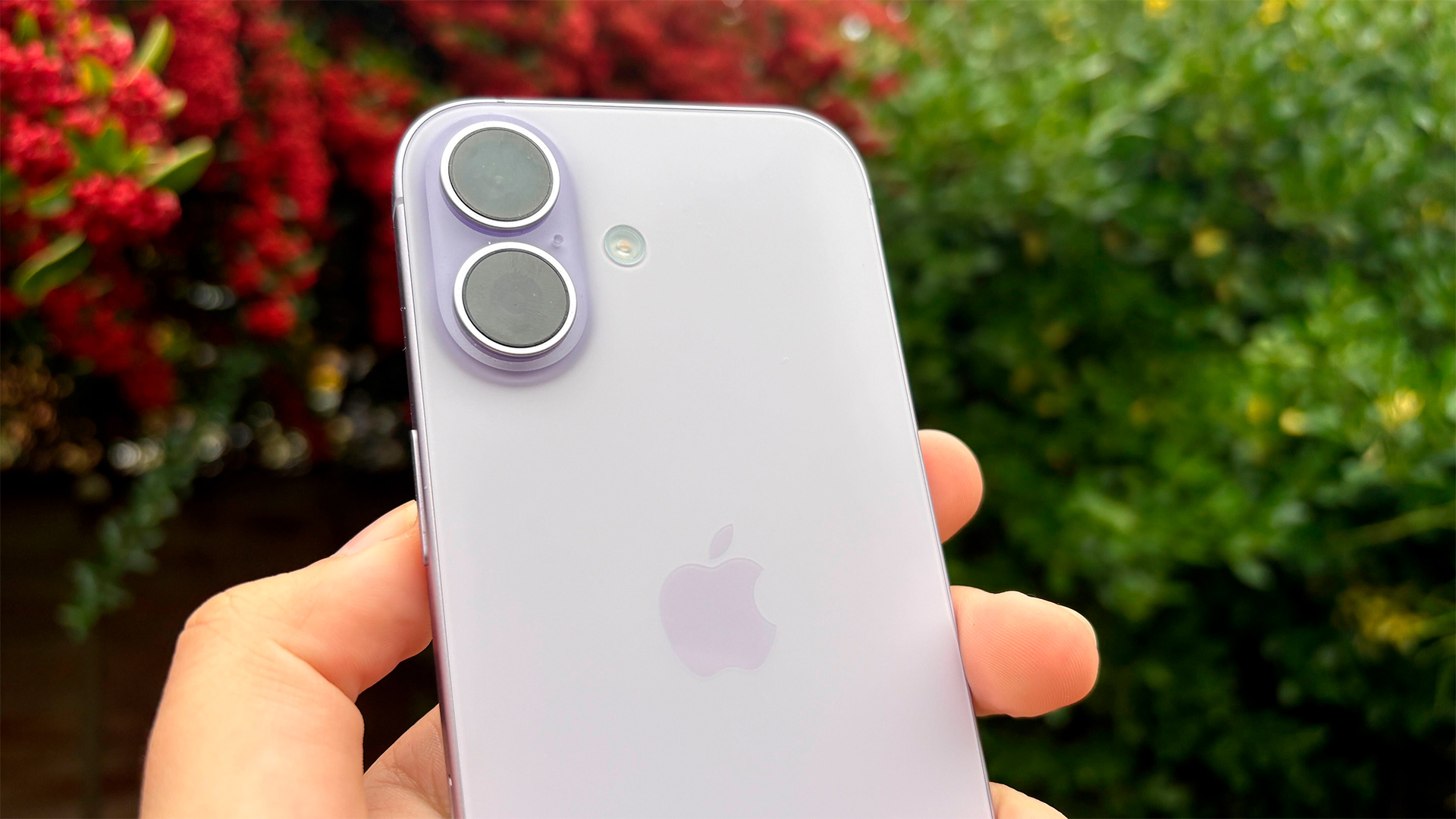
We’ve already touched on that new 6.3-inch Super Retina XDR OLED display, but it’s harbouring plenty more upgrades that make it even better for AV duties.
It features a 2622 x 1206 resolution and a pixel density of 460ppi, which is slightly higher than the iPhone 16.
A more noticeable difference for those coming from older non-Pro iPhones will be the inclusion of ProMotion. Apple’s variable refresh rate panel technology, which allows the display to adapt from 1Hz to 120Hz depending on the content you’re viewing, finally makes its way to the standard iPhone, and it makes all the difference when it comes to swiping, scrolling and gaming.
The display can also reach a new peak brightness of 3000 nits and a minimum brightness of just 1 nit. The combination of 1 nit and 1Hz allows the iPhone 17 to access the Always On Display feature that has also previously been reserved for the Pro-level handsets.
We’re very pleased to see that the iPhone 17 includes these features, but we do have to recognise that much cheaper Android handsets have had these for many years. Better late than never, we suppose.
Regardless, the iPhone 17’s display also features HDR support in the Dolby Vision, HDR10+, HDR10 and HLG formats, which means that all streaming services should look their best regardless of their preferred format.
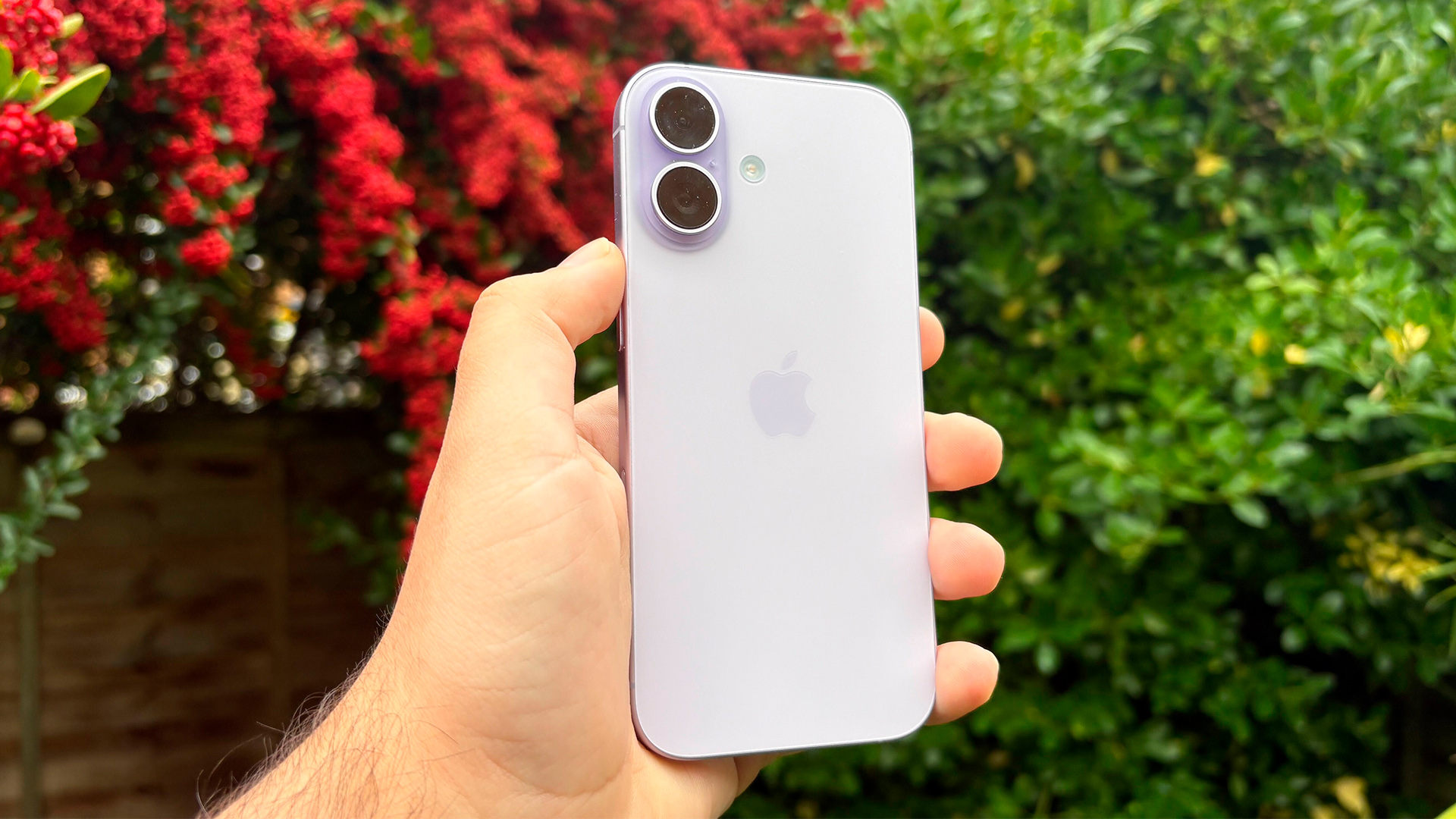
Audio is boosted by the inclusion of Dolby Atmos, which is supported over the built-in stereo speakers (comprising the earpiece and bottom-firing loudspeaker) and via headphones (wired and wireless). Apple’s Spatial Audio format is also included, though you’ll need a supported pair of AirPods or Beats headphones to access it.
The iPhone 17 is powered by Apple’s latest A19 chip, which flies through the iOS 26 operating system at ludicrous speeds without missing a beat.
Day-to-day performance is silky smooth, and thanks to the improved power efficiency of this new processor, we find that battery life is excellent. We’ve hammered the iPhone 17’s battery with long travel days with plenty of video watching and music streaming, and it comfortably makes it through a day of use under these conditions.
Apple’s newest iteration of the iPhone operating system features the Liquid Glass design language with semi-transparent elements and new icons throughout, as well as a handful of new AI-powered attributes.
Apple made some pretty big promises last year with the iPhone 16 series and its Apple Intelligence system, and yet we’re still left with a fairly weak set of AI features.
Image generation, auto translation, writing tools and a supposedly upgraded Siri voice assistant are joined by Visual Intelligence, which can be used to search for information based on items or surroundings captured via the iPhone’s cameras.
It’s a welcome new addition, but Samsung’s Galaxy AI suite has had all of these features for longer, and they feel better integrated into the One UI software.
The iPhone 16's actual camera system is also new. Apple has implemented a new 48MP Fusion Ultra Wide camera, which features four times the resolution of the iPhone 16’s ultrawide lens, and it's backed up by the same 48MP main lens as its predecessor, with a “2x optical-quality telephoto” mode for improved zoomed photography.
The front camera also gets an upgrade, with a new square sensor that allows for wider shots without having to awkwardly spin the handset to a landscape orientation. The iPhone will recognise when four or more people enter the viewfinder, and will adjust the aspect ratio of the shot to ensure that everyone is visible in the photograph – clever.
In our experience, the iPhone 17 delivers wonderfully sharp, natural and richly coloured pictures. We’ve used it to capture snaps during a morning of sightseeing in Copenhagen and an evening out at Wembley to watch England v Wales, and it continued to produce sharp and colourful shots in a range of lighting conditions.
Picture
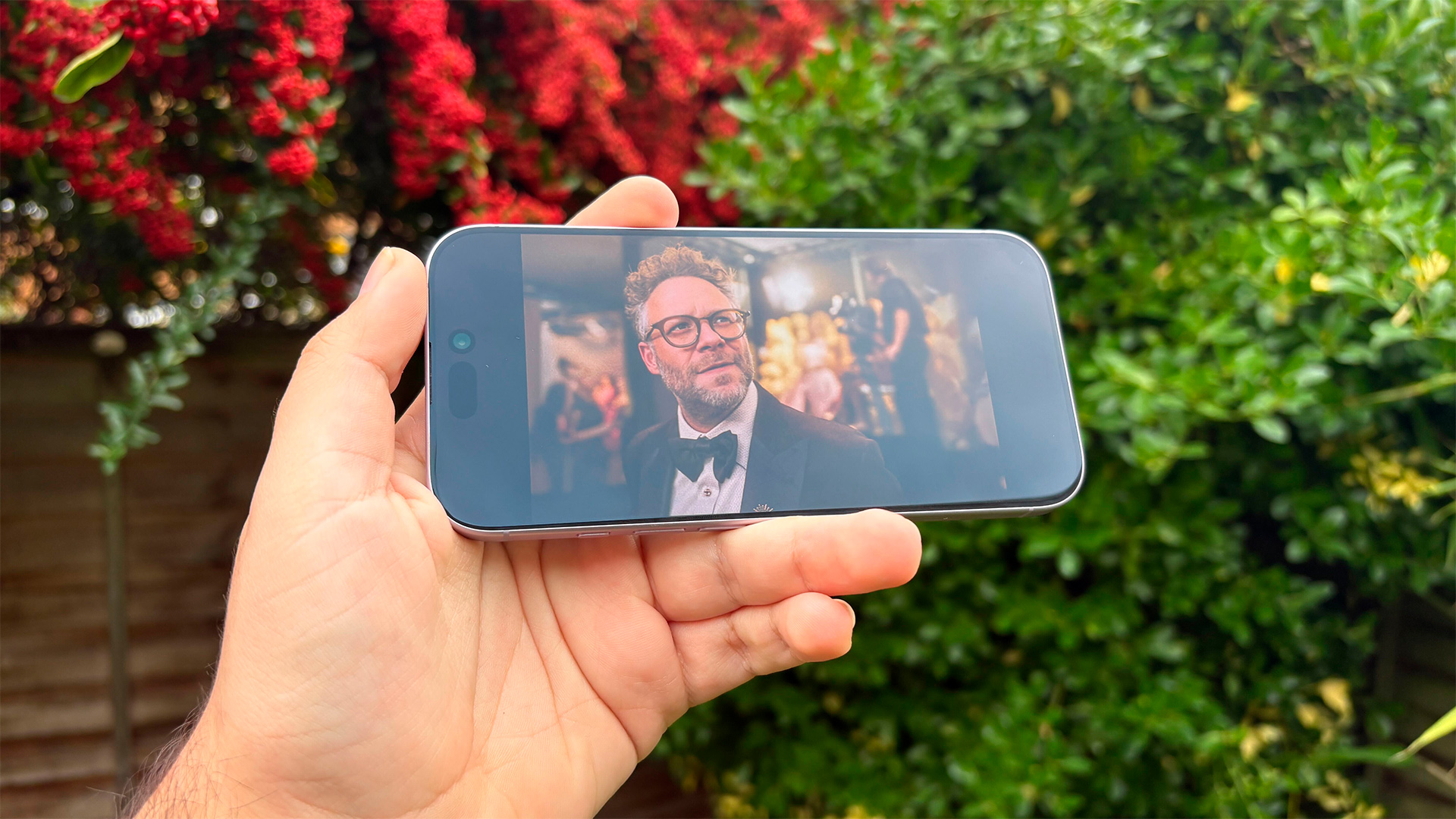
Picture performance is paramount for us, and Apple has a perfect track record to uphold. Thankfully, Apple maintains that with the iPhone 17, which is an unquestionable slam dunk when it comes to watching movies and TV shows.
Starting with Mission: Impossible – Dead Reckoning: Part One on Netflix in Dolby Vision, the iPhone 17 delivers a picture that’s characteristically similar to its predecessor, though it has a handful of obvious improvements.
The enhanced brightness is felt here, with a touch more punch to the iPhone 17’s image, and contrast seems to get a boost in accordance with the brighter display.
This results in an image that’s even more solid and three-dimensional than with the iPhone 16, making the iPhone 17’s picture the more striking of the two.
As expected with the slight increase in resolution, the iPhone 17 also seems to be a little bit sharper. We’ll stress it’s not game-changing, but the newer of the two handsets packs in a touch more detail and outlines of subjects look a smidge cleaner too.
That boost in detail levels is felt with everything from the texture of the suits worn by Ethan Hunt and his associates to the skin textures of each character in the various close-up shots within this sequence.
Despite the boost in brightness and added sharpness, the iPhone 17 manages to look slightly more natural than its predecessor, thanks to how its display handles colours.
Switching to an episode from the fourth season of The Morning Show on Apple TV+, we find that the colours are rich and punchy when needed – the beaming yellow of a New York taxi cab on a dimly-lit street, for example – but they’re slightly more nuanced when it comes to capturing subtle variations in skin tones and hair colours.
This results in a deeply engaging and nicely balanced image. It’s natural where required, yet it’s not afraid to introduce some punch and pop, all without straying into looking overcooked.
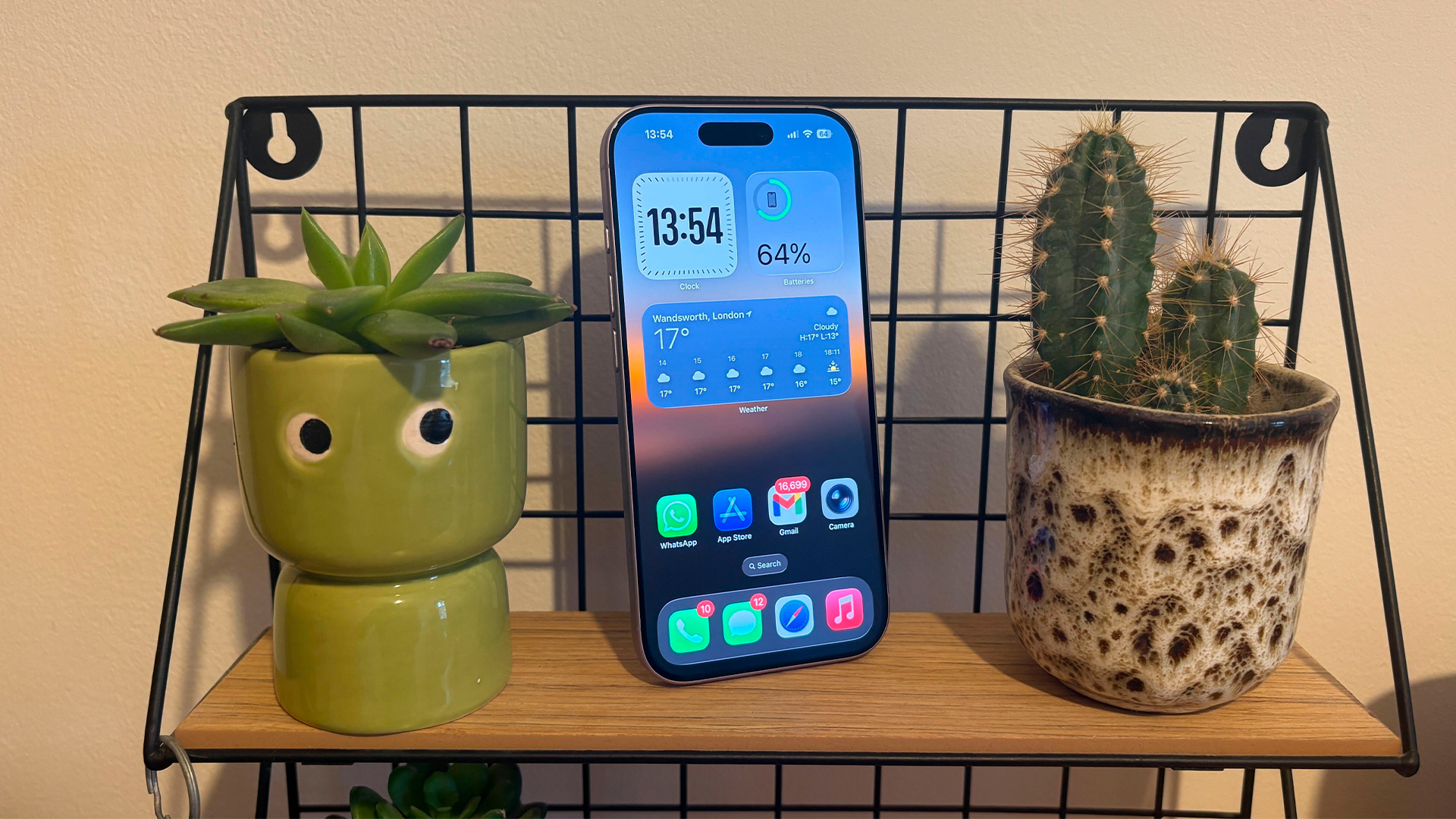
We round out our picture testing with Civil War on Amazon Prime Video to assess how the phone handles dark details. The sequence in which the intrepid photographers drive through a forest fire at night looks spectacular on the iPhone 17, which provides deep blacks that contrast with the vibrant, intense flames effectively.
As the film progresses to the climactic battle in Washington, DC, we find that the new iPhone adds a bit more depth to shadows. However, it seems to dig up roughly the same amount of detail from the darkest parts of the scene as the iPhone 16.
This sequence as a whole provides a smorgasbord of shots that lean into the strengths of the iPhone 17’s screen. Tracer rounds arc through the night sky in an eye-catching display of contrast, while the soldiers sprinting through the battleground to duck behind cover prove that the iPhone can handle motion with ease.
We should stress that it’s not worlds apart from the outgoing iPhone 16, but the culmination of all of these subtle picture improvements makes for a sharper, richer and overall better image.
Sound
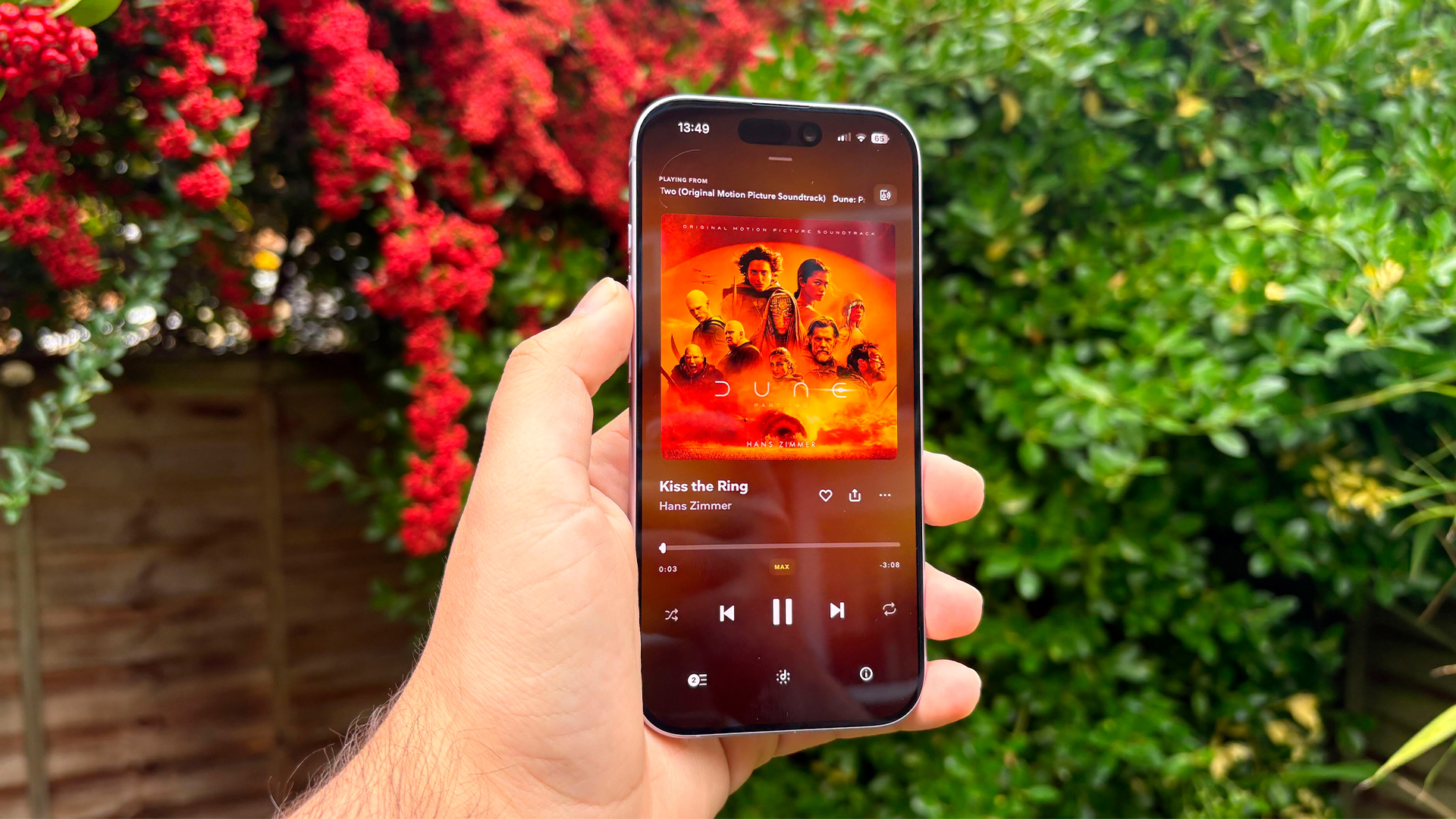
Apple tends to gloss over the audio performance of its iPhones, presumably because it hopes you’ll pick up a new pair of AirPods and be done with it. Even so, it makes some of the best-sounding smartphones on the market. The iPhone 17 continues this trend, so we’ll sing its praises even if Apple won’t.
Hooking up a pair of wired headphones via a USB-C to 3.5mm adapter and loading up Tidal, we’re met with a rich, spacious and well-organised arrangement. Sabrina Carpenter’s crooning vocals on Don’t Worry I’ll Make You Worry sound crisp and natural, with enough detail to pick up subtle inflections in her voice.
As the chorus builds into a harmony, we’re treated to a warm, rich and smooth sound. This is underpinned by an acoustic guitar riff that sounds wonderfully textured, and timing is pin-sharp, too.
Compared to the iPhone 16, the 17 sounds slightly punchier with a more definite start to each note, though it’s quite a subtle difference.
Moving on to Kiss The Ring from Hans Zimmer’s Dune: Part Two soundtrack, the iPhone delivers a bold, punchy performance with thunderous bass and an impressive show of dynamics. The crescendo of the track bursts to life with immense scale, allowing each component of the track to shine without getting lost in the drama.
Switching to the built-in speakers, we’d refrain from using these to listen to music out loud, but they’re a solid option to catch up on a show or a light spot of movie watching.
Heading back to Apple TV+ to watch more of The Morning Show, we find that the iPhone creates a spacious sound, with focused vocals and enough detail given to sound effects (such as a bustling city street) to create a surprisingly immersive experience.
Cranking the volume up to its maximum can make the iPhone 17 sound slightly strained and a bit cluttered, but knocking it back a couple of notches results in a solid balance between volume and detail.
Verdict
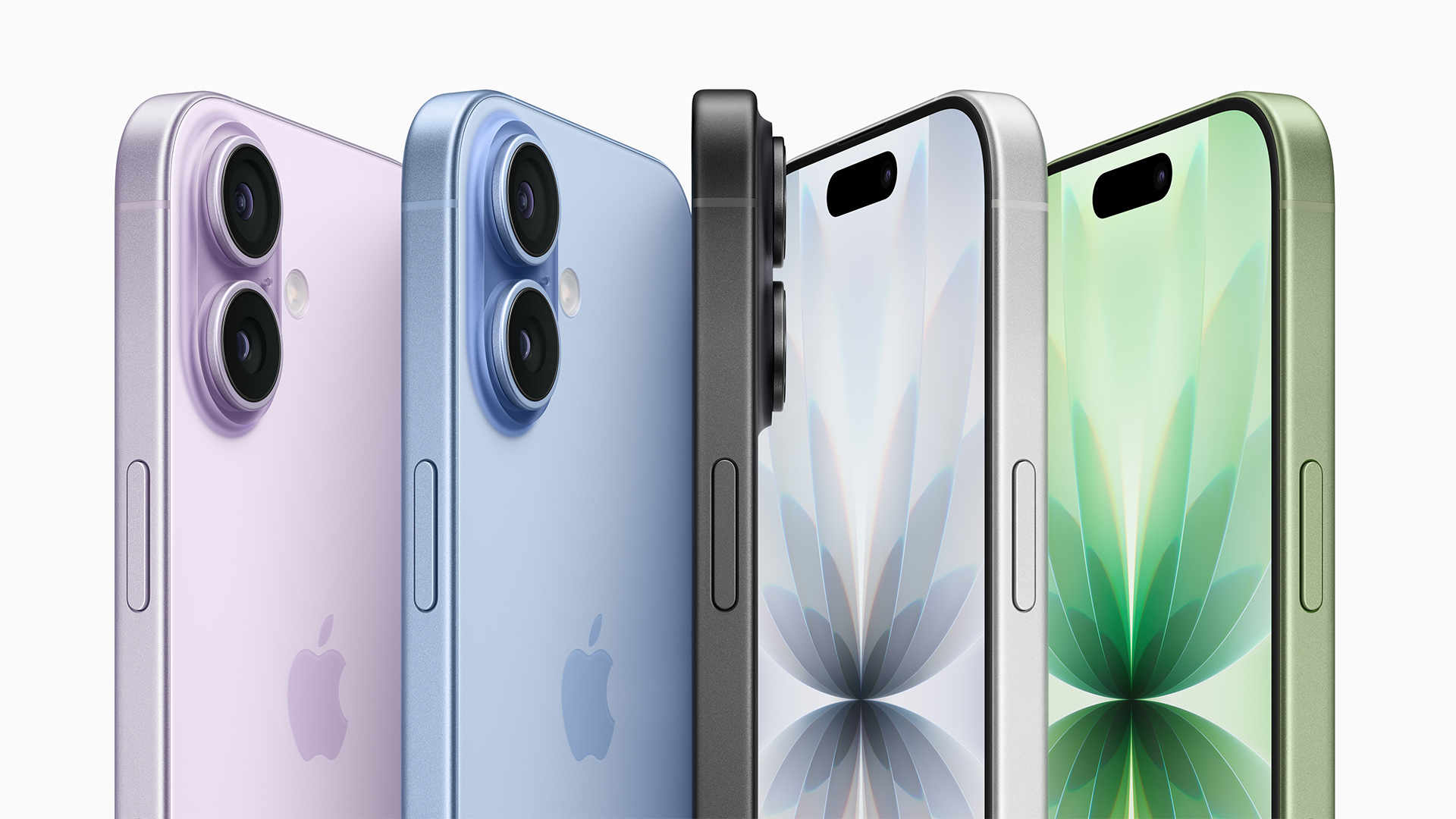
The iPhone 17 is a prime example of not judging a book by its cover. It may look very similar to its predecessor, but firing up that glorious new display proves that it's more than just an iterative update over the excellent iPhone 16.
Long-awaited features such as 120Hz variable refresh rates and an always-on display mode are no longer the sole preserve of Pro-series devices, and they’re backed up with a picture and sound performance that seriously impresses.
We’ll echo what we said at the start of this review in saying that this is undeniably one of the most compelling iPhones that Apple has ever made, as it packs in a lot of the most valuable AV features and specs at a price that undercuts its Pro siblings.
SCORES
- Picture 5
- Sound 5
- Features 5
MORE:
Read our review of the Apple iPhone 16
Also consider the Apple iPhone 16e
Read our Samsung Galaxy S25 Plus review
These are the best smartphones for music and movies
Lewis Empson is a Senior Staff Writer on What Hi-Fi?. He was previously Gaming and Digital editor for Cardiff University's 'Quench Magazine', Lewis graduated in 2021 and has since worked on a selection of lifestyle magazines and regional newspapers. Outside of work, he enjoys gaming, gigs and regular cinema trips.
You must confirm your public display name before commenting
Please logout and then login again, you will then be prompted to enter your display name.
